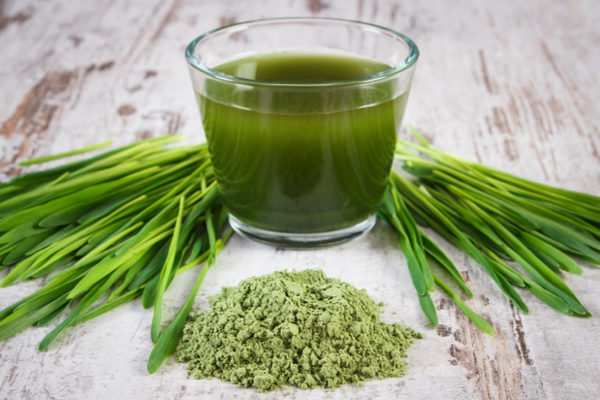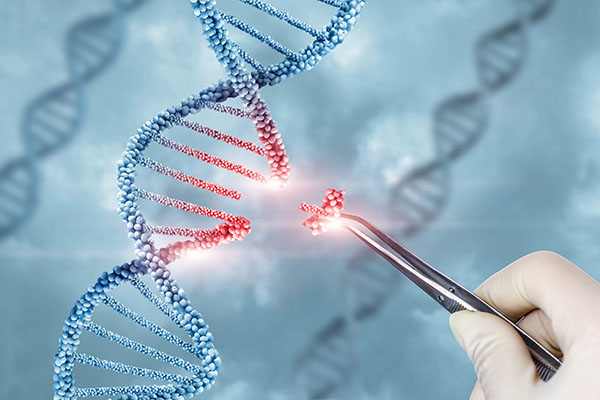Take back your OWN health: Learn to recognize the basic signs of nutrient deficiencies
10/29/2024 / By Lance D Johnson

One of the greatest health problems plaguing the world right now is widespread nutrient deficiencies and poor nutrient utilization. A nutritional deficiency occurs when the body does not receive an adequate supply of essential nutrients, such as vitamins and minerals. Heavy metals and certain medications like antacids, proton pump inhibitors and antibiotics either compete for nutrient absorption in the body or destroy the microbiome’s ability to assimilate nutrients, contributing to nutritional deficiencies. This can lead to malnutrition, lethargy, chronic diseases and can make one more susceptible to serious outcomes from infectious disease.
Examples of diseases caused by malnutrition include conditions like anemia, which is caused by iron deficiency and leads to lack of red blood cells or hemoglobin. Folate deficiency can lead to birth defects during pregnancy. Vitamin A deficiency is associated with severe outcomes from measles infection. Insufficient vitamin C absorption is associated with serious whooping cough cases. Vitamin D deficiency can lead to immunodeficiency, emotional dysregulation and even depression.
The body will often give clues about specific nutrient deficiencies before further damage is done to the internal organs. Recognizing the basic signs of nutrient deficiencies and responding with the correct foods and herbs is an essential skill for maintaining wellness over time.
The body gives clues about nutrient deficiencies
Deficiencies don’t happen in a vacuum, but most of us don’t understand the messages our body gives us. There are many ways signs, if you know what to look for.
The eyes
Ruptured blood vessels in the eyes often indicate eye strain or over exposure to smoke, dust or pollen. However, in the absence of these external stimuli, ruptured blood vessels in the eyes could also mean that the body is low on vitamin C.
Poor night vision can be attributed to a vitamin A deficiency and low antioxidant absorption. One of the ways to address this issue is by consuming bilberry fruit. This fruit contains anthocyanosides, which build strong blood vessels and improve circulation to all areas of the body, even around the eyes. Specifically, anthocyanidins boost the production of rhodopsin, a pigment that helps the eye adapt to light changes.
Dark circles or bags under the eyes often indicate allergies, food intolerance, dehydration, or low-quality sleep, characterized by lack of oxygen utilization (persistent mouth breathing). Other underlying causes include: lack of iron and deficiencies of vitamins E, D, K A, and B12. A pale lower eyelid is a telltale sign of an iron deficiency.
Muscles and Joints
- Muscle cramping indicates a B1, B2, B6 or magnesium deficiency. These vitamins are often depleted after rigorous exercise, so it’s important to replenish these to avoid cramping up or having restless leg syndrome at night.
- If you experience twitching in any part of your body, it’s very likely there’s a B1, B2, B3, B6, B9, Vitamin D, magnesium, and/or calcium deficiency.
- Edema/swelling often indicates a lack of B1, B6, or potassium.
- Numbness or tingling can indicate blood circulation issues, but in minor cases, this indicates a B12 or B5 deficiency.
- If your joints click when you walk or bend over, then there’s a high probability you have a manganese deficiency.
Skin
The skin is the most telling organ. Dry or rough skin indicates low vitamin A and E. If you’re easy to bruise, then you’re lacking vitamin C. Other signs of deficiency indicated on the skin, include:
- Red stretch marks indicate a zinc deficiency.
- Dermatitis is linked to a B2, B3 or biotin deficiency.
- Acne during menstruation is most likely a B6 deficiency, but could be related to dysregulated hormones.
- Unusual nosebleeds are a sign of a vitamin C deficiency.
- Bumps on the back of the arms indicate a vitamin A deficiency.
Hair and Nails
- Hair loss is attributed to B2, B5, Biotin, D, and Zinc deficiency.
- Dry hair is linked to vitamin A and E deficiencies, along with low levels of selenium, biotin, iodine, protein, and omega 3 fatty acids.
- Dandruff is traced to low selenium, omega 3s, and vitamin A.
- Spoon shaped nails indicate iron and B12 deficiencies.
- The white marks on the nails can indicate calcium or zinc inadequacies.
- Pale nails are a surer sign of iron and biotin deficiencies.
- Brittle nails are definitely a sign of calcium, magnesium, and iodine loss.
- If the cuticles tear easily, the body needs protein.
Shoring up nutrient deficiencies is simple, but not taught
Many of these nutrient deficiencies are the result of a poor diet consisting of refined sugars and ultra processed foods that are stripped of their nutrients and loaded with chemicals that interfere with nutrient absorption. Also, daily consumption of impure water introduces heavy metals and pesticides that interfere with nutrient absorption. Foods grown in low quality soils do not provide the trace minerals needed to assimilate the vitamins in the foods.
Moreover, the standard American diet lacks fundamental food groups (herbs, roots, seeds, nuts, berries, barks, hulls, mushrooms, seaweed) that are nutrient-dense by design. A daily concoction of these foods can mitigate nutrient deficiencies across the spectrum and improve one’s quality of life.
Sources include:
Submit a correction >>
Tagged Under:
barks, berries, biotin, Censored Science, chromium, disease, food is medicine, health science, Herbs, hulls, iron, Magnesium, malnutrition, manganese, men's health, nutrients, nuts, potassium, prevention, roots, seeds, selenium, signs, vitamin A, Vitamin B, vitamin C, vitamin D, vitamin E, Vitamin K, women's health, zinc
This article may contain statements that reflect the opinion of the author
RECENT NEWS & ARTICLES
HealthScience.News is a fact-based public education website published by Health Science News Features, LLC.
All content copyright © 2018 by Health Science News Features, LLC.
Contact Us with Tips or Corrections
All trademarks, registered trademarks and servicemarks mentioned on this site are the property of their respective owners.




















